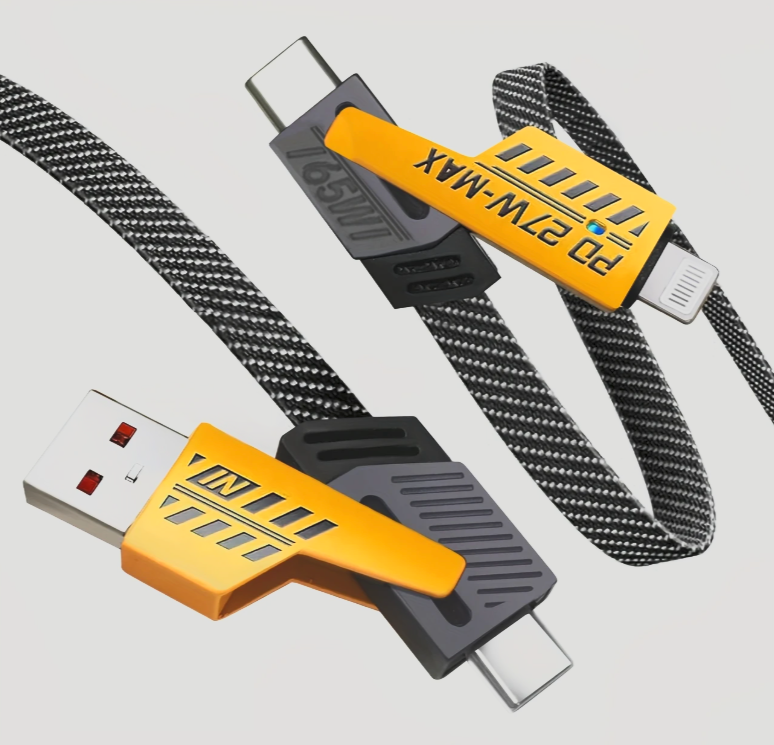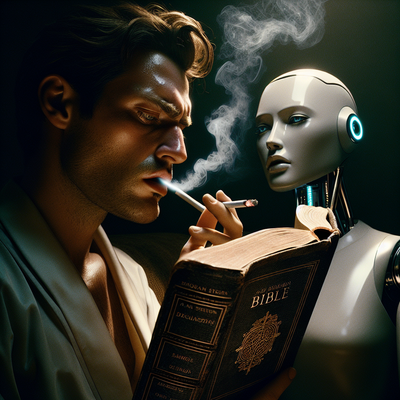
The story of USBs is like an epic adventure—full of twists, turns, sore arms stuck behind bookshelves, and a lot of head-scratching moments. Remember those days when plugging in a USB felt like trying to solve a Rubik’s Cube in the dark? You’d flip it, twist it, and still end up with a blank stare, thinking, “Is it upside down? Or maybe inside out?” As millions of frustrated users all once said, “I’ve turned this thing three times, and I still don’t know if I’m doing it right.” It was almost a universal truth that USBs were designed to be confusing and unpredictable.
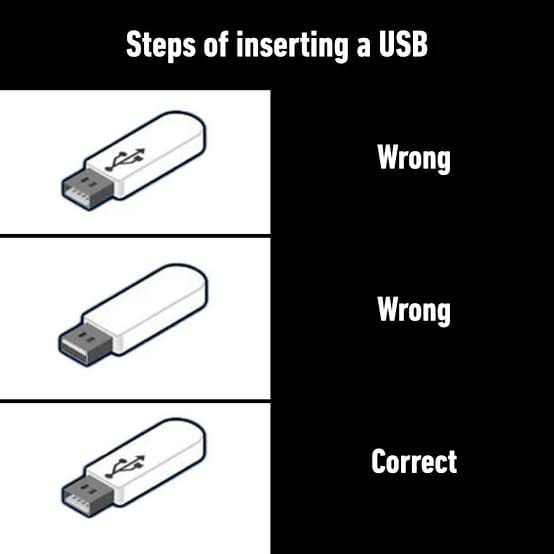
And then came the horror stories—cables that just wouldn’t fit, ports that refused to your devices connecting pin, or the dreaded “device not recognized” message that made you want to throw your laptop out the window. As one techie humorously noted, “Using old USBs was like trying to fit a square peg in a round hole, but somehow, the peg kept changing shape every time you looked away.”
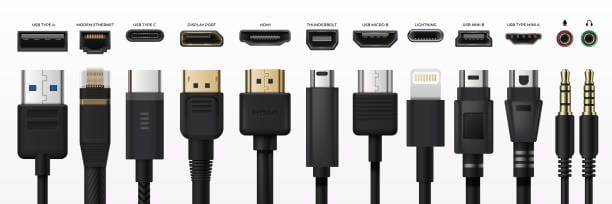
But then, along came USB Type-C, the superhero of connectors. Finally, a plug that’s reversible—no more guessing, no more fumbling in the dark. It’s almost like USBs finally figured out that being simple and easy is the way to go. Everyone everywhere agrees that Type-C is a breath of fresh air, a “finally, this is what we’ve been waiting for” moment. It’s like upgrading from a dial-up modem to fiber-optic internet overnight. The phrase “brilliant” doesn’t even begin to do justice to how refreshing it is to have a universal, reliable connection.
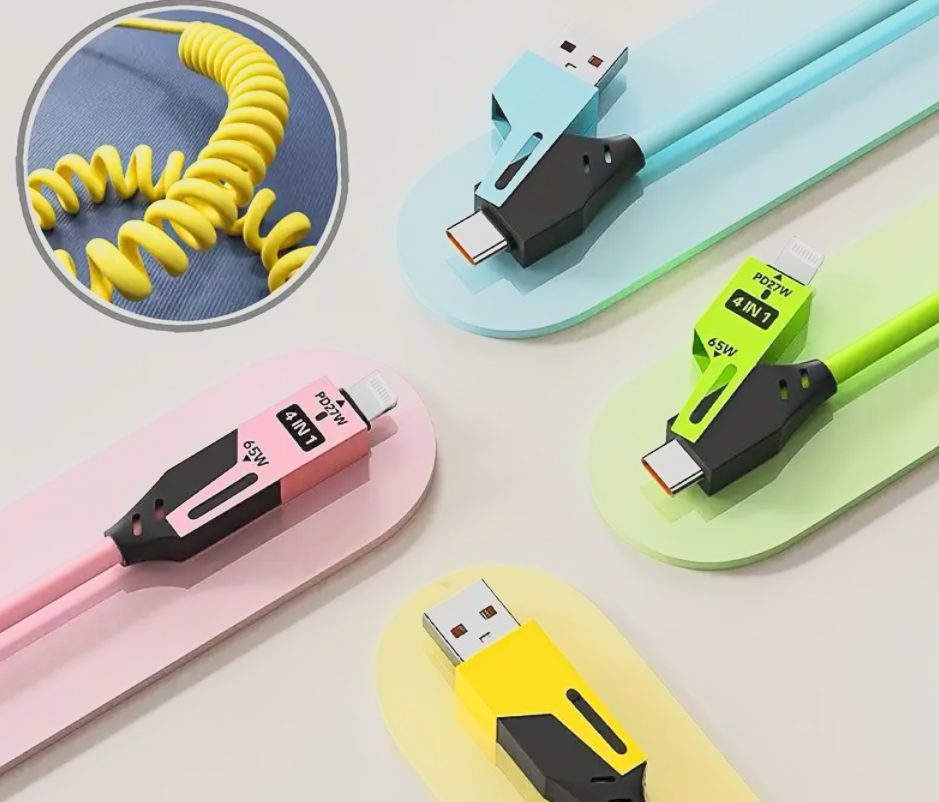
Now, USBs are popping up everywhere—on wall sockets, in cars, in portable batteries, and even in the tiniest gadgets. They’re so common, it’s almost like your future survival kit if you ever get lost in a forest with only USB power: you could charge your flashlight, radio, and even a tiny solar panel, all with a single standard. It’s as if the arrow of evolution is pointing straight at USBs, making everything simpler, faster, and more dependable. Imagine forests with solar-powered USBs strewn throughout it for lost hikers!
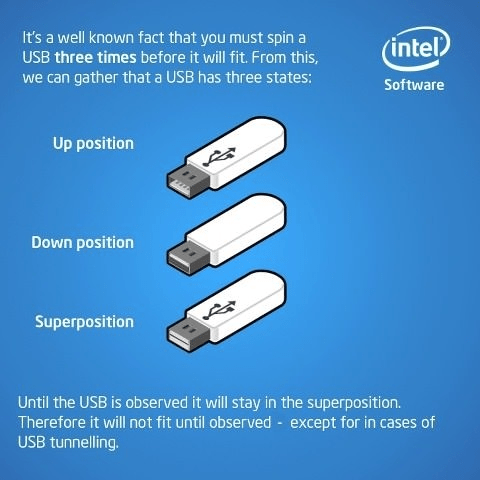
The inventor of the standard USB, Ajay Bhatt, admitted in 2019 that the non-reversible connector design is his "biggest annoyance". An exit poll of people leaving "Dune," said 100% agreed 100%, most of the time.
So, what does the future hold for this tiny conduit of power and data? Will USBs be phased out someday, replaced by something even more mind-blowing? Maybe. Some speculate that Nikola Tesla’s dream of wireless electricity—might finally become a reality for everything else needing power. We already see hints of this with wireless charging pads, where your device hums to life just by sitting nearby, like our phones, as if electricity is floating invisibly through the air. Perhaps one day, we’ll be walking around with “air power,” no wires needed, no ports required—just pure, Tesla-inspired connectivity. Radical Democrats and woke—politically-unaffiliated peoples—will be perplexed and possibly hate and avoid them because they think Tesla, the inventer, is associated with their struggle, or jihad, against zillionaire Elon Musk and his electric car (with USBs...) company, merely named "Tesla." It's a sad world that in 2025 Nikola Tesla's name means less than it did at his own personal depths 200 years ago.
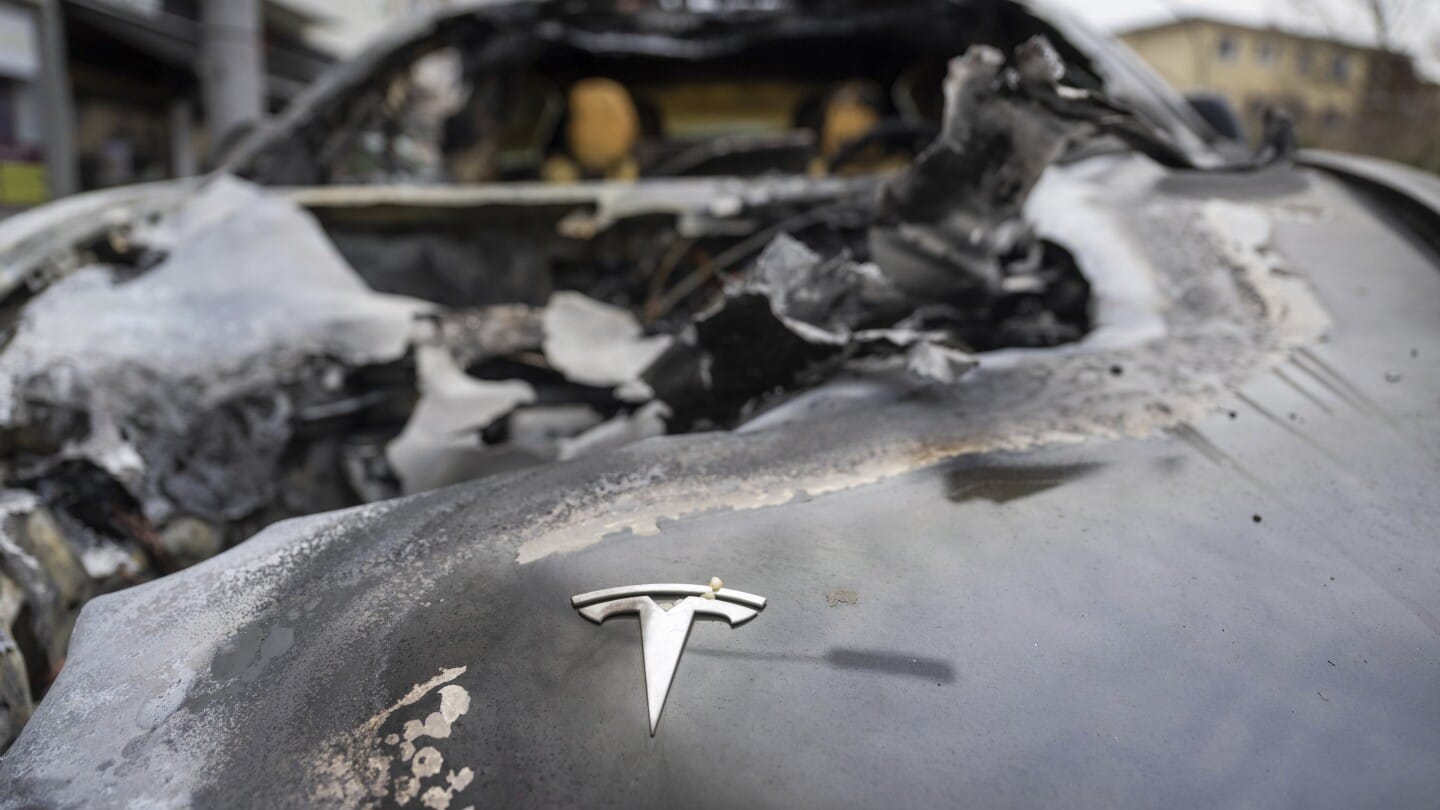
The truth is, the future of connectivity might not even involve physical cables at all. It could be a seamless web of energy and information, transmitted through the air, through space, through time—making the idea of plugging in almost quaint. Whatever comes next, one thing’s certain: USBs have been a giant leap forward, but they’re likely just the middle chapter of an ongoing story—one where the lines between science fiction and reality blur, bringing us closer to a world where power and data flow effortlessly, anywhere, anytime, without us even noticing.
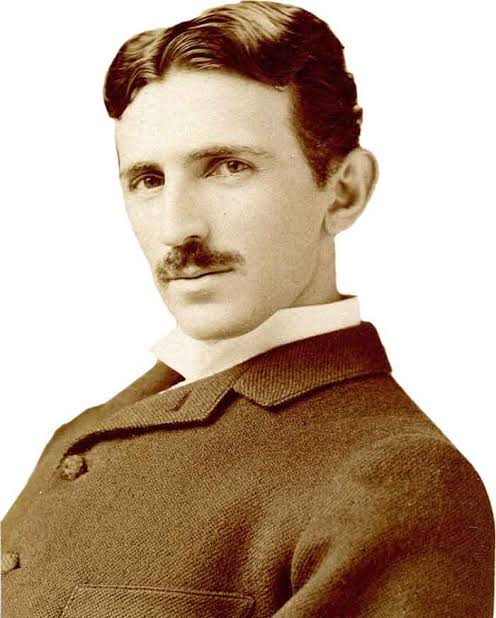
p.s. if the images massaged your retinas and persuaded you, here is a link to buy the cords for US$2.40 (CA$3.29). I get nothing but virtual dopamine I supply myself, but these are a solid buy.

